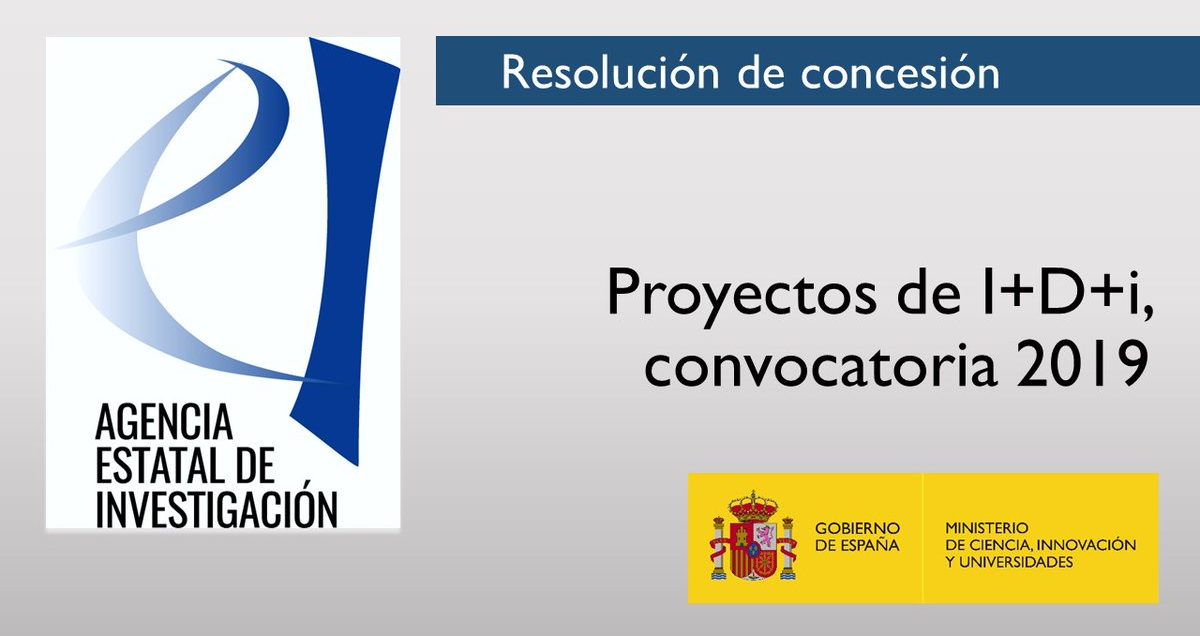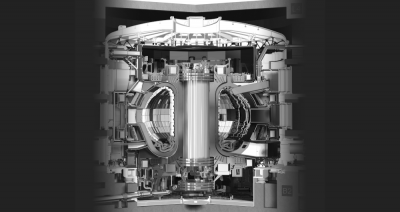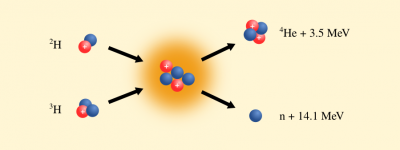
We are pleased to announce that our group has been awarded a new research project within the State R&D Program Oriented to the Challenges of the Society 2019 in Spain. It was one of the almost 3000 projects financed by the Ministry of Science and Innovation with a total program budget of 363.13 M€.
Our new project FUSION CODES II is a continuation of our earlier FUSION CODES project (2016-2019) by three more years. As its predecessor, it is directed towards contributing to the development of nuclear fusion as a safe, clean, and virtually limitless energy source for future generations. In particular, it is directed towards ITER, an international nuclear fusion R&D project, which is currently building the world’s largest experimental tokamak nuclear fusion reactor in southern France. ITER aims to demonstrate that fusion energy is scientifically and technologically feasible. It is the bridge towards DEMO, a first fusion energy plant that will demonstrate large-scale production of electricity.

The main objective of the project is to enhance the modelling capabilities of the European fusion community by code validation and optimization, with the ultimate goal of helping improve the performance of ITER and future fusion reactors. Simulating large-scale fusion devices such as ITER with realistic plasma and reactor models involves not only complex systems with many nonlinear dependencies, but also integrating physics at different time and space scales in a consistent manner. The resulting high computational requirements often call for simulations using high performance computing (HPC). The project will enhance the modelling capabilities in fusion by code development, validation, integration and optimization including the use of advanced HPC techniques. We work closely towards the objectives of EUROfusion, the European fusion research programme for Horizon 2020, in collaboration with ITER, International Tokamak Physics Activity, and the Spanish national fusion laboratory CIEMAT.
The project provides key contributions to the EUROfusion research programme on several fronts, with emphasis on the modelling of heating of fusion plasmas with waves in the ion cyclotron range of frequencies (ICRF), the physics of energetic particles, and further development, performance optimization and integration of fusion codes.
Among the external heating systems envisaged for ITER, ICRF heating is the only scheme with potential to provide significant bulk ion heating. A large bulk ion heating fraction is important for an improved control over the plasma ramp-up, for access to regime with good confinement as well as for improved steady-state fusion performance. The project will benchmark and validate ICRF modelling codes in the present day tokamaks in order to improve confidence in the predictive simulations of ICRF heating performance in ITER and DEMO.

Understanding the behaviour of energetic particles is of key importance for the next step fusion reactor ITER where the plasma heating will be dominated by fusion-born alpha particles. Alpha particles are fast 3.5-MeV Helium-4 ions born in the fusion reactions between deuterons and tritons which form the fusion fuel. Special emphasis is given to the modeling of fast ions introduced by external heating methods in present day fusion devices and their interactions with a variety of plasma instabilities.
We will also work within the EUROfusion High Level Support Team (HLST) to provide expertise and support in HPC to the scientists from the EUROfusion Research Units for the development and optimization of supercomputing codes. Furthermore, we will work on fusion codes implementation within the ITER Integrated Modelling and Analysis suite (IMAS) for integrated fusion modelling of ITER.

1 thought on “FUSION CODES II: our new research project funded by the Spanish Ministry of Science and Innovation”